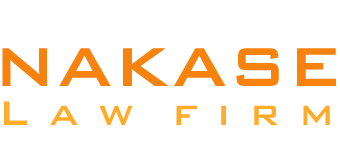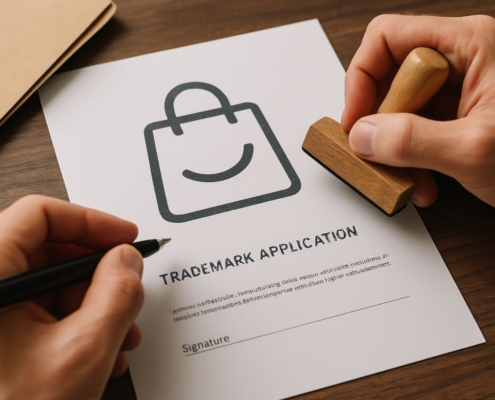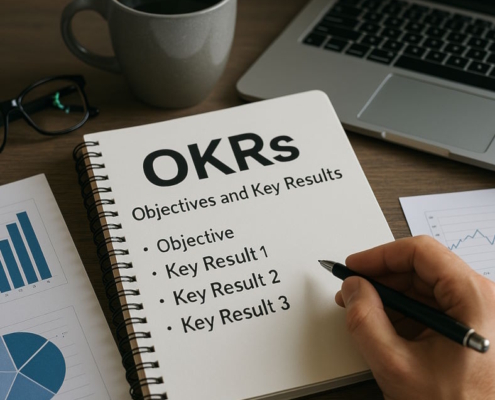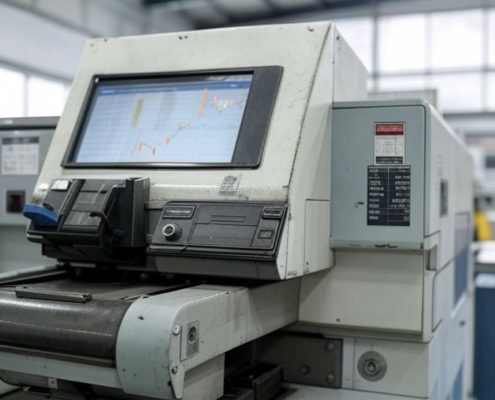Introduction
A company should ask for a W-9 form from any supplier or contractor that will do work or provide a service for you, as well as a landlord if you’re leasing space for your business. This includes—but is not limited to—self-employed people, freelancers, individuals in a single-member LLC, and anyone who is paid to work for the company (and is not an employee) for whom they are paying over $600 in one year for business purposes. An IRS Form W-9 is not necessary if the vendor or freelancer is paid less than $600 in one year, if payments exceeding that amount were not business-related, if the transaction is strictly goods, or if paid only by credit card as the credit card company issues the 1099. If uncertain, request the W-9.
Purpose of the W-9 Form
Form W-9 is an IRS document a vendor submits with a taxpayer identification number (TIN) and contact details to businesses that pay them. Payers use signed W-9 forms to file tax returns, including Form 1099-MISC and 1099-NEC by vendor name, reporting amounts of at least $600 paid to specific types of vendors during the calendar year, backup withholding, and FATCA status. Vendors or suppliers and independent contractors use Forms 1099-MISC and 1099-NEC received from the payer to file their federal and any needed state income tax returns for the relevant tax year. Businesses need to get a W-9 form from U.S. persons.
When a W-9 Is Not Required
- Payments Below $600 in a Calendar Year
If a business pays a vendor less than $600 in a calendar year, a W-9 is not necessary. However, collecting one upfront is often recommended to prepare for any future transactions that may exceed this threshold.
- Non-Business Payments
Payments unrelated to business activities, such as personal or casual transactions, do not require a W-9. For instance, hiring someone for a personal service like babysitting or lawn care outside a business context would not need this form.
- Transactions Involving Goods Only
When payments are strictly for goods, and no services are involved, a W-9 is not required. This applies to scenarios like purchasing retail products or bulk inventory for resale.
- Payments Made by Credit Card or Third-Party Platforms
If payments are made via credit card companies or third-party platforms like PayPal or Venmo, a W-9 is not necessary. These entities are responsible for issuing a 1099-K for reportable transactions instead of the business.
- Foreign Vendors
Vendors who are not U.S. persons are not required to complete a W-9. Instead, foreign vendors must submit alternative forms like the W-8BEN, which confirms their status and ensures compliance with applicable tax treaties.
Ensuring Information Accuracy
The W-9 is important in ensuring the correctness of the information provided for this filing by directly collecting all necessary details from the non-employee. Any worker who isn’t considered an actual employee of the company should fill out a W-9 form. These are often contractors who aren’t needed in the business full-time because the requested work is temporary. Vendors carefully enter their W-9 details online through the supplier portal, reducing the accounts payable team’s tasks. Members of the accounts payable team don’t need to manually input paper W-9 forms from vendors or frequently follow up to get completed forms. AP automation software automatically compares each tax ID number (TIN) to verify taxpayer name and TIN combinations. AP automation also includes FATCA compliance software.
Tax Obligations for Non-Employees
The W-9 is a contract that you, as a nonemployee, are accountable for withholding taxes from your income. When you’re a full-time worker, your employer withholds some of your earnings to cover federal income taxes and FICA taxes (which include Medicare and Social Security taxes). Employers don’t make that withholding for contractors. Non-employees are responsible for their own tax duties themselves. When money exchanges between a business and a vendor, it is up to the vendor to pay taxes owed to the government.
Streamlining W-9 Collection
To simplify the process of gathering and managing W-9 forms, many companies turn to automation. Software tools can integrate W-9 collection into vendor onboarding workflows, ensuring compliance without adding administrative tasks. Secure portals can allow vendors to provide their details electronically, reducing the risks linked with paper forms. It is best practice to collect a W-9 at the beginning of your work together, allowing you to avoid this situation entirely. Your business is required to record all attempts to get W-9 information from the vendor (a minimum of three attempts). Backup withholding is money sent to the IRS from income payments which otherwise wouldn’t be subject to withholding. Payers may be required to withhold taxes to ensure that the IRS will get income taxes that are owed to them.
Backup Withholding and Penalties
If a vendor or contractor refuses to provide a W-9, you may be required to withhold 24% of the payment for backup withholding and then send it to the IRS. Specifically, you may be subject to backup withholding and the payer must withhold at a flat 24% rate when you fail to give your TIN or provide an incorrect TIN. The IRS charges filers (the payer) penalties as a dollar amount per form for incorrect or missing vendor taxpayer identification numbers and missing vendor names. Therefore, the correctness of W-9 details is essential for businesses in their IRS compliance. Certain payees are exempt from backup withholding and should enter the exempt payee code on Form W-9.
Foreign Vendors and Alternative Forms
Efficient and Smart Ways for Businesses to Collect Vendor W-9 Forms for Later IRS, State, and Recipient Reporting. A smart way to collect vendor W-9 forms is to have these suppliers use the self-service supplier onboarding portal that’s part of the payer’s SaaS add-on AP automation software. Payables automation software seamlessly integrates with the payer’s ERP system or accounting software. Vendors submit W-9 details or Form W-9 to the trades or businesses that pay them any amount. If amounts paid to certain types of vendors total at least $600 during a calendar year in the course of a trade or business, then the payer’s business files tax returns like Form 1099-MISC or 1099-NEC.
W-9s and Non-Employee Tracking
Form W-9 is officially called “Request for Taxpayer Identification Number and Certification.” Companies use this IRS Form W-9 to collect tax details from nonemployees who earn $600 or more during a year from the company. The form acts as an agreement that you, as a nonemployee, are responsible for withholding taxes from your income. At the end of the tax year, W-9s are used by companies to generate 1099s, which are then sent to the taxpayer and the IRS. This form lists all the payments made to you. The W-9 form allows businesses to keep track of their external workforce – non-employees.
Best Practices for W-9 Collection
Certain companies and organizations are exempt from backup withholding in certain instances and will need to fill out this line. Should any of these apply to your case, you’ll need to provide a number or letter code from the instructions showing the reasons behind making this statement. In most cases, corporations and businesses will be exempt from backup withholding. Foreign financial institutions are generally required to report payments to, and withhold taxes from payments to their customers that are United States persons. The best time to ask for a completed W-9 Form is while onboarding a new vendor. Vendors that are operating legally will have no problem providing this information.
Avoiding Tax Season Complications
Collecting W-9 forms before making the first supplier payment helps avoid problems. It is a smart idea to review vendor files regularly to ensure that all W-9 details are up-to-date and correct, reducing potential troubles during tax season. Failing to do so could make you required to pay withholding taxes on the money that you pay them. Penalties of up to $270 may apply for each 1099 form that includes an incorrect TIN. Having that information ready ahead of time means that the number and business name can be checked for accuracy before running into possible delays and extra penalties during tax season.
Conclusion
When unsure on whether the service provider needs to be issued a 1099 or not, collect a W-9. If you have any questions about W-9 and 1099 needs or any other tax forms, it’s important to consult with your accountant or tax professional. Running a company involves many moving parts, and it can be easy to misplace or forget important forms like the W-9 until they are needed during tax return season. Using simple processes can lessen your workload and your stress level so you don’t have to hurry at year-end. Throughout the course of monthly work, we will identify potential candidates that may require collection of a W-9.






























